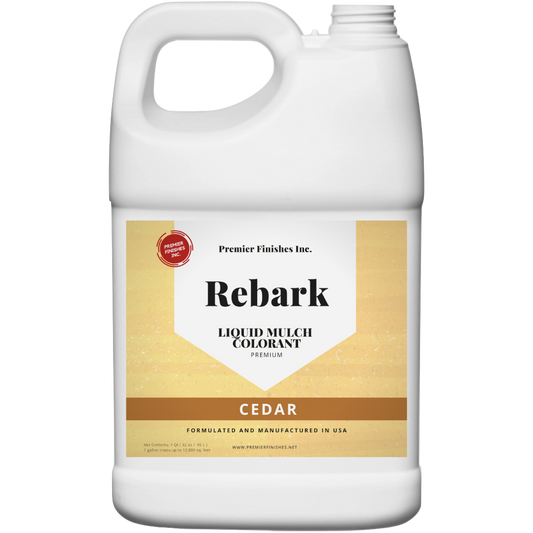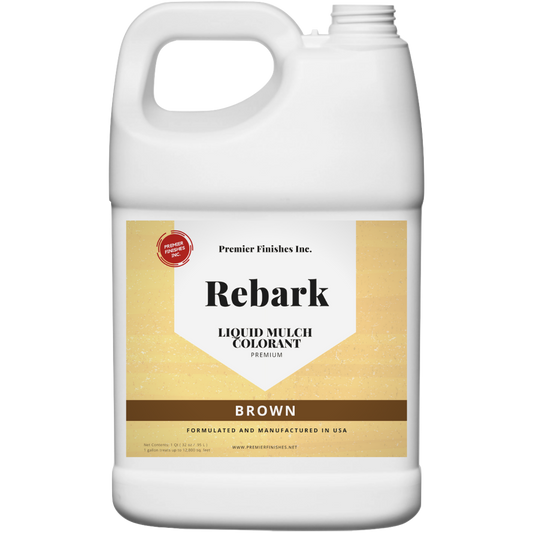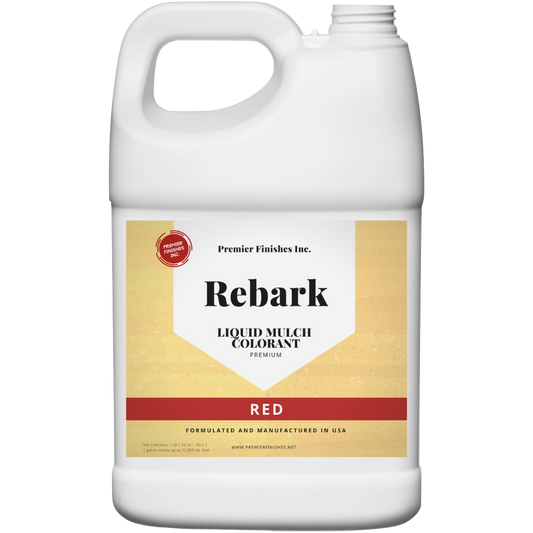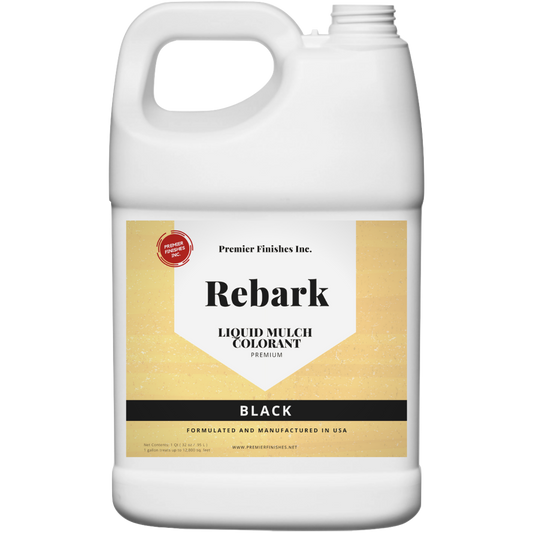Mulch is more than just a decorative layer for your garden beds; it's a vital tool for enhancing soil health, moisture retention, and plant growth. Understanding the different types of mulch and their impact on your garden is crucial for every gardening enthusiast. In this comprehensive guide, we'll dive into the varieties of mulch available and how they can transform your outdoor space into a thriving oasis.
Organic Mulch Varieties: Enrich Your Soil Naturally
Organic mulches decompose over time, enriching the soil with essential nutrients. Let's explore some key types:
- Bark Mulch: Ideal for creating a natural aesthetic, bark mulch is excellent for retaining moisture and regulating soil temperature. It's crucial to consider its pH and potential impact on soil acidity.
- Straw Mulch: Perfect for vegetable gardens, straw mulch is affordable and effective in keeping soil moist. Be mindful of potential pest issues.
- Leaf Mulch: Repurpose your fall leaves into a nutrient-rich leaf mulch that mimics a natural forest floor. Avoid applying too thickly to prevent water blockage.
- Compost as Mulch: While not traditional mulch, compost can act as a nutrient-packed top layer, promoting healthy soil biology. It requires more frequent replenishment.

Inorganic Mulch Options: Longevity and Style
Inorganic mulches don't break down, offering long-lasting garden solutions. Here's a look at popular choices:
- Rock or Gravel Mulch: With excellent drainage and a modern look, these mulches are suited for drought-tolerant landscapes but can lead to increased soil temperature.
- Rubber Mulch: Durable and insulating, rubber mulch is an eco-friendly choice made from recycled tires. Be aware of its non-nutritive nature and potential chemical release.
- Mulch Dye: A cost efficient and easy way to preserve natural mulch is to use a mulch dye. A good mulch dye can transform your old faded mulch into looking fresh or even give you more color options to work with.
The Impact of Color and Texture in Garden Design
The visual appeal of mulch plays a significant role in garden aesthetics. From the rustic charm of bark mulch to the vibrant shades of dyed wood chips, the right mulch can elevate your garden's style. Consider your garden's theme and surrounding architecture when selecting mulch for an integrated look.

Balancing Moisture with the Right Mulch
Proper moisture retention is critical for plant health, and the type of mulch you use can greatly affect this balance. Organic mulches are generally more effective at retaining moisture than inorganic options. Applying the correct thickness of mulch (usually 2 to 4 inches) is key to maintaining optimal soil moisture levels.
Temperature Regulation: Protect Your Plants
Mulch serves as an insulating layer, protecting plant roots from extreme temperatures. This can extend the growing season and promote healthier growth. Consider the color and material of your mulch, as dark hues can absorb more heat, which might not be ideal in hot climates.
Weed Control: A Gardener's Best Friend
A thick layer of mulch is an excellent defense against weeds, blocking sunlight and preventing seed germination. Choose your mulch carefully, as some organic options might contain weed seeds.

Conclusion: Choosing the Best Mulch for Your Garden
Selecting the right mulch involves considering your garden's aesthetic, soil health, and the specific needs of your plants. Whether you're drawn to the nutrient-rich benefits of organic mulches or the durability of inorganic options, the perfect mulch can significantly enhance your garden's vitality and beauty.

Embrace the transformative power of mulch in your gardening journey for a lush, vibrant outdoor space that thrives in every season.
If you need help choosing the right color of mulch check out our Guide To Choosing The Best Color For Mulch




